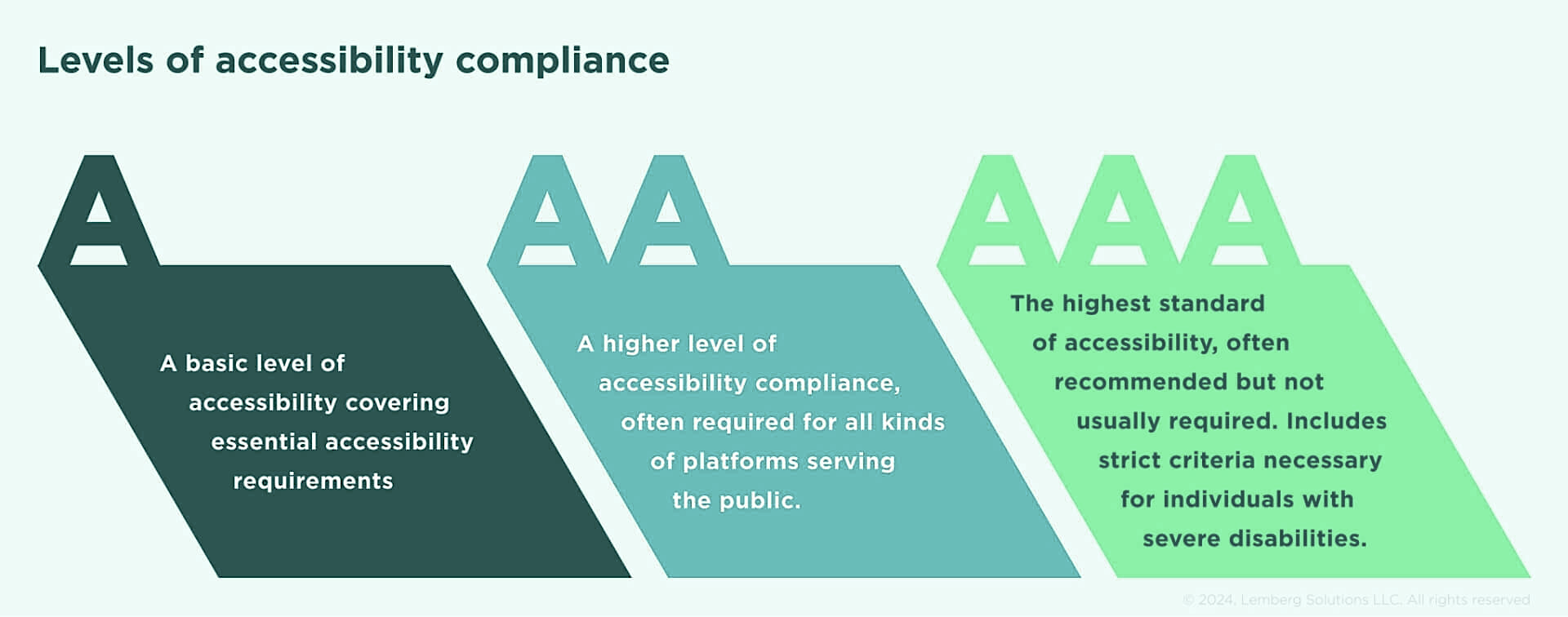Team Fire Team Two
This project is a part of Technigo's Web Bootcamp to further our knowledge of Web accessibility tools. Our Web
Accessibility page is an interactive webpage that demonstrates key accessibility principles in action. This
webpage serves as a practical example of inclusive design, incorporating features such as keyboard navigation,
screen reader compatibility, and color contrast adjustments.
This page includes practice required by WCAG guidelines, ARIA roles, and best practices for designing
inclusive web experiences. By engaging with the quiz, users can assess their understanding and identify areas
for improvement in creating accessible digital content.
Team Fire 2 is made up of Sofia, Varia and Jonny.
Web Accessibility
Web accessibility ensures that all users, including those with disabilities, can interact with digital content
effectively. The Web Content Accessibility Guidelines (WCAG) provide a framework for making websites more
inclusive, covering areas like alt text for images, color contrast, and keyboard navigation.
Alt text is essential for screen readers but should be avoided for decorative images by using alt="" .
Informational images need descriptive alt text, while functional images (like icons) require alt text describing
their purpose, such as alt= "Search".
WCAG has three compliance levels: A, covering basic requirements like alt text; AA, ensuring better
accessibility with features like proper color contrast; and AAA, the highest standard, including advanced
features like sign language interpretation for videos. Most websites aim for AA compliance to balance
accessibility and practicality.
Clear language is key to accessibility. For example, “Flowers symbolize emotions and culture” is easier to
understand than abstract phrases like “nature’s drip—bold and meaningful.” Simple, direct language benefits
users with cognitive disabilities and screen reader users.
Other best practices include keyboard-friendly navigation, ensuring text has at least a 4.5:1 contrast ratio,
and adding captions or transcripts for multimedia content. ARIA attributes like aria-label help improve screen
reader navigation.
By following WCAG guidelines, developers can create digital experiences that are inclusive, accessible, and
user-friendly for everyone. Accessibility is about more than compliance—it’s about equal access for all.
